You Can’t Polish a Turd
First and foremost, the quality of your recording is paramount. Whether you’re belting out a ballad, narrating a documentary about ants, or capturing the sweet sound of a coffee cup meeting its ceramic demise, the key to learning sound design is to start with a clean recording. Learn more about audio quality and its importance in sound design.
Location, Location, Location
Quiet is King: Always opt for the quietest space available. This might mean getting cozy in a closet full of clothes or barricading yourself in the bathroom (those tiles can be surprisingly reflective). Understanding the role of your environment is crucial when learning sound design. Learn about the importance of acoustics in audio recording.
Mind the Ambience
Listen to the room. Does it sound boxy? Too echoey? Rooms with carpets, curtains, and soft furnishings help dampen unwanted reflections. Sing with a doona over your head if you need to! Managing ambience is a key aspect when learning sound design. Discover more about sound reflection and its impact on recordings.
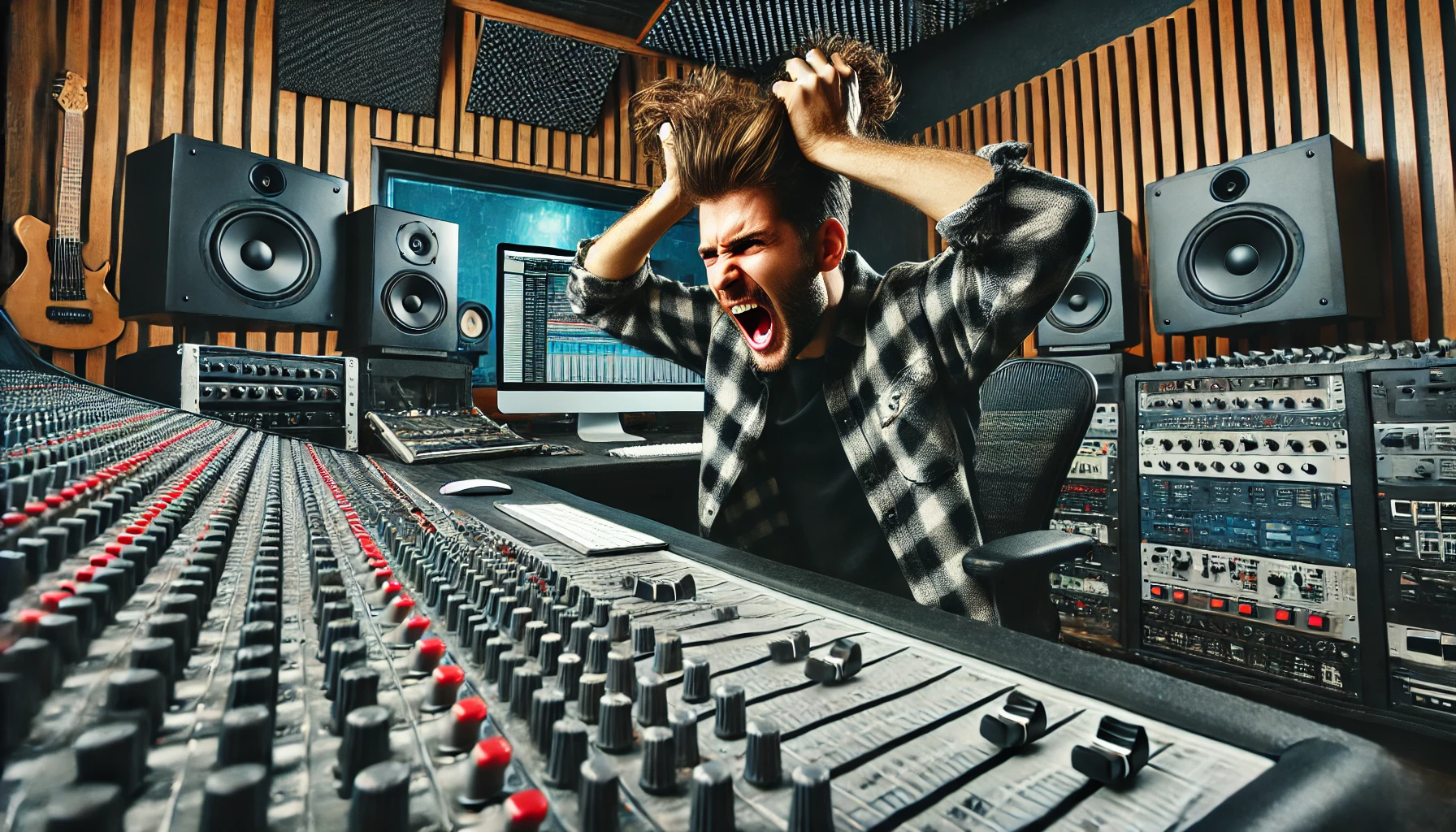
Unwanted Noises
Turn off fans, air conditioners, and anything else that hums, buzzes, or whirs. And if you’re in a city apartment, you might need to become a nocturnal creature, recording at hours when the world sleeps. Identifying and eliminating unwanted noise is a foundational skill in learning sound design. Explore the concept of signal-to-noise ratio.
Mic Technique – It’s a Thing
Experiment! Different voices and sounds require different mic placement. If you’re recording a smooth easy listening jazz voice-over, you might want to be right on the mic. Mic technique is a critical component when learning sound design. Find out more about microphone techniques here.
Pop Filters are Your Friend
If you’re recording vocals, a pop filter can be a lifesaver. It helps reduce those pesky “plosive” sounds that can cause spikes in your recording. Utilizing tools like pop filters is essential when learning sound design. Learn how pop filterswork to improve your recordings.
Know Your Gear
While the potato with a wire might be a tad exaggerated, knowing the difference between a dynamic and condenser microphone can make all the difference. Familiarity with your equipment is important when learning sound design. Learn about different types of microphones.
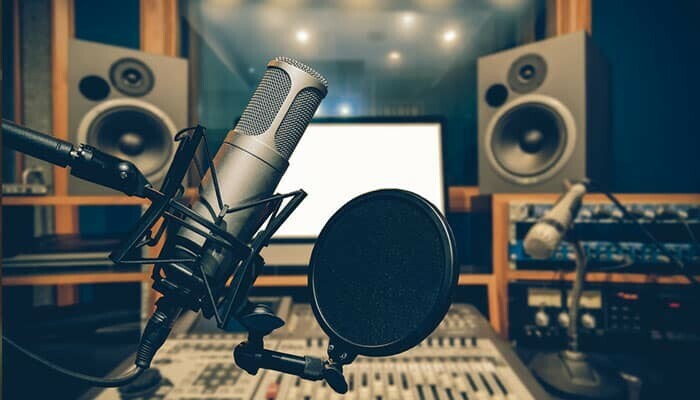
Levels and Peaks
Watch your levels. When setting up, do a soundcheck and ensure your recording levels peak around -6dB to -3dB. Understanding levels is crucial when learning sound design. Explore more about audio levels.
External Sounds
You’d be surprised how much a microphone can pick up. That chirping bird or distant siren can sneak into your recording. Monitoring for external sounds is key when learning sound design. Discover how ambient noise can affect recordings.
The Art of Snip, Snip, Oops
Once you’ve captured your recording, it’s time to sculpt and refine it into an auditory masterpiece. Editing is about creating a seamless narrative that engages and retains the listener’s attention. Learning sound design involves mastering the art of audio editing.
Timing is the Unsung Hero of Editing
“Let It Breathe”. While you might be tempted to trim out every pause or breath, resist! Natural pauses give listeners a moment to digest what they’ve just heard. Timing and pacing are crucial skills when learning sound design. Learn more about the importance of timing in audio.
Noise Reduction: Silence the Intruders
But before you go all gangbusters on noise reduction, identify the specific noises you want to tackle. Noise reduction is a critical aspect when learning sound design. Understand the basics of noise reduction techniques.

Natural Flow: The Heartbeat of Your Edit
Ensure that volume levels are consistent throughout. Sudden jumps or drops can jar the listener. Ensuring a natural flow in your edits is important when learning sound design. Explore how audio continuity affects listener experience.
Where the Magic Happens (or Doesn’t)
Ah, the mix. It’s where your carefully recorded and edited sounds either come together like a well-rehearsed orchestra or clash like a garage band’s first rehearsal. Learning sound design is about mastering the mix. Discover more about audio mixing techniques.
Balance Your Tracks
Start with getting the relative volumes right. Panning instruments or sounds to the left or right can create a more spacious, immersive mix. Balancing tracks is a vital skill when learning sound design. Learn about audio panning in mixing.
EQ (Equalization): Cut Before Boost
Rather than boosting frequencies you want to stand out, try cutting the ones you don’t. Equalization is a fundamental aspect when learning sound design. Understand the principles of equalization in audio.
Compression: Tame the Peaks
Compression helps tame sudden spikes in audio, making the overall mix more consistent. Using compression effectively is crucial when learning sound design. Explore how audio compression works in mixing.
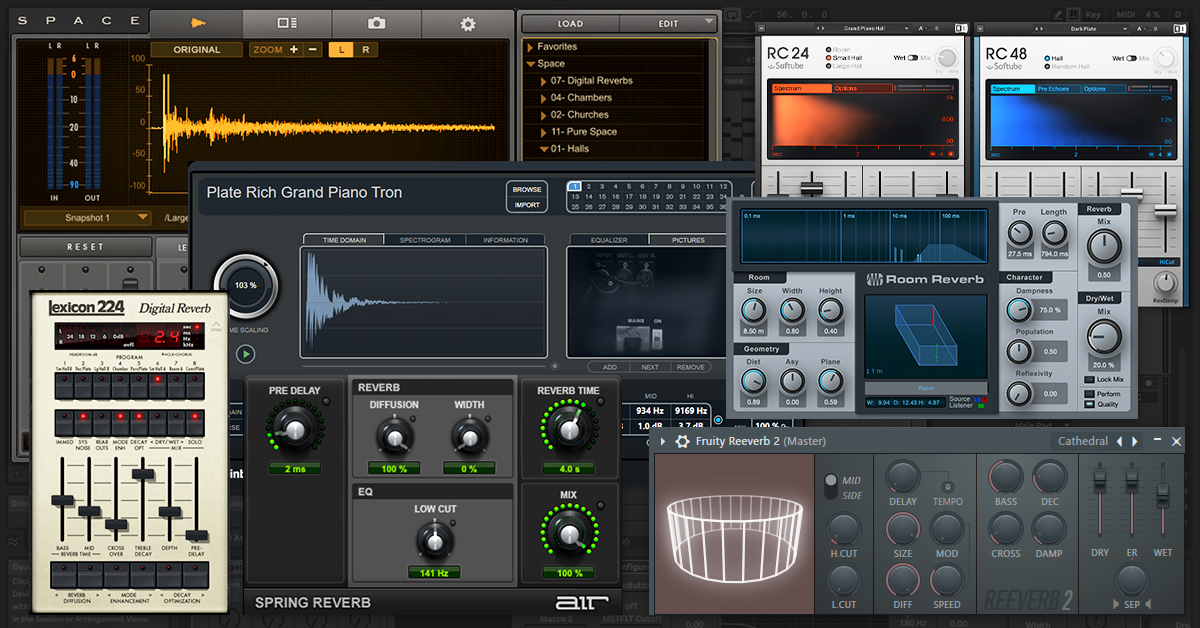
Reverb and Delay: Add Depth
Reverb can make a sound feel close or far, in a small room or a vast hall. Learning sound design involves mastering effects like reverb and delay.
Spatial Awareness: Think 3D
Especially in music, think of your mix as a 3D space. Your vocals might be front and center, your guitars slightly to the side. Understanding spatial awareness is key when learning sound design. Learn about spatial audio.
Effects: Experiment with Chorus, Flanger, Phaser
These effects can add texture and movement, especially to instruments like guitars or synths. Experimenting with effects is part of learning sound design. Find out more about audio effects and how they can enhance your mix.
Always Reference
It’s usually a good idea to check your mix against professional tracks in a similar genre. Referencing is important when learning sound design. Learn the value of reference tracks in mixing.
Listen With Fresh Ears
After hours of mixing, your ears can get fatigued. Listening with fresh ears is a good practice when learning sound design. Explore how ear fatigue can impact your mixing decisions.

The Cherry on Top
Mastering is the final step in the production process, the touch that elevates your mix from “homemade” to “studio-grade”. Learning sound design isn’t complete without mastering. Learn the essentials of audio mastering.
Volume Levels: LUFS
LUFS (Loudness Units relative to Full Scale) is a standard measurement for audio loudness. Understanding LUFS is essential when learning sound design. Learn about LUFS and its role in mastering.
EQ: Mastering EQ
Mastering EQ is about making broad adjustments. EQ in mastering is a critical skill when learning sound design. Discover more about mastering equalization.
Compression: Multi-band Compression
Unlike regular compressors, multi-band compressors allow you to compress different frequency ranges independently. Multi-band compression is an advanced technique in learning sound design. Explore multi-band compression.
Stereo Imaging: Widening Tools
While widening tools can make your mix sound huge on stereo systems, always check the mix in mono. Stereo imaging is important when learning sound design. Learn about stereo imaging.
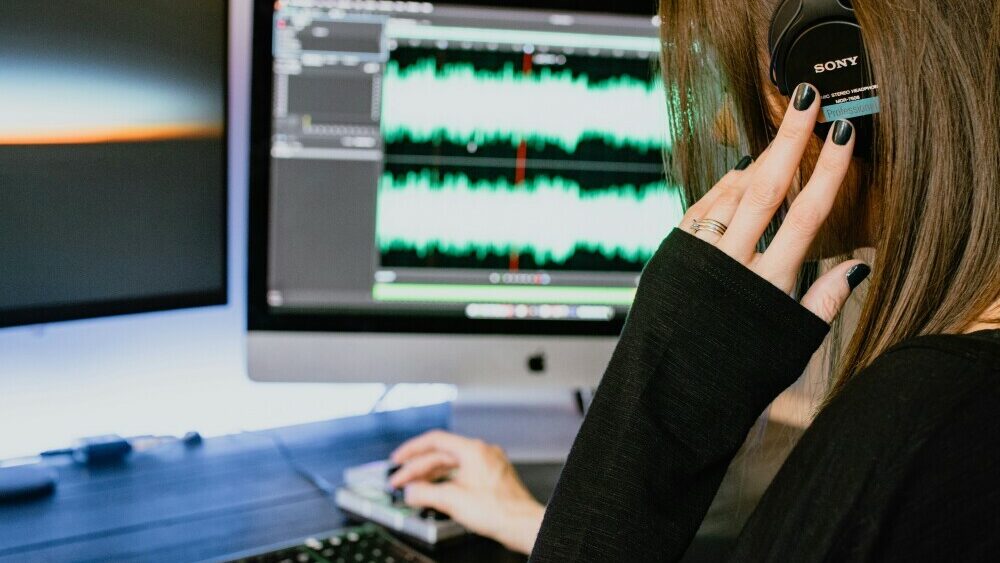
Reference Tracks: A/B Your Master
Choose a professionally mastered track in the same genre as your mix. Using reference tracks is essential when learning sound design. Learn how to A/B your master for optimal results.
Plugins for the Master Channel
Ozone by iZotope is a comprehensive mastering suite with EQ, compression, harmonic enhancement, and more. Understanding mastering plugins is crucial when learning sound design. Learn more about audio plugins.
Continuous Learning
YouTube is a goldmine for mastering tutorials. Continuous learning is important when mastering sound design. Explore audio mastering techniques online.
Final Playback: The Moment of Truth
As before, after mastering, step away. When you return, you’ll hear your track with a fresh perspective. Final playback is a key step when learning sound design. Learn about the importance of critical listening in the final stages of audio production.
New Best Friends
Your new best friends should be Trial and Error. You’ll mess up. A lot. But every mistake is a stepping stone to becoming a sound design wizard. Continuous experimentation is vital when learning sound design. Find more about the value of trial and error in creative processes.
Every great sound designer started with a single mix. Yours begins now.


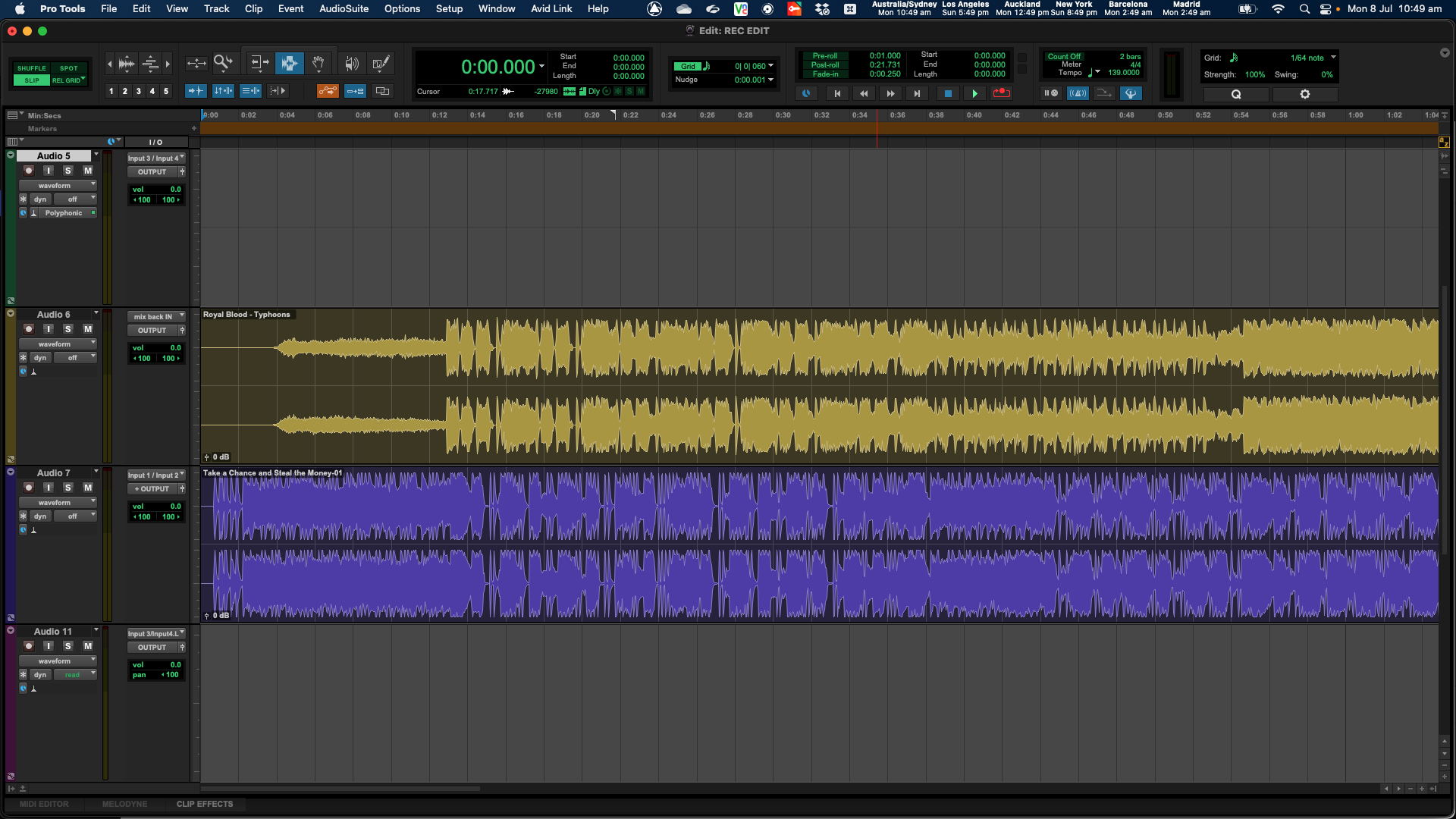
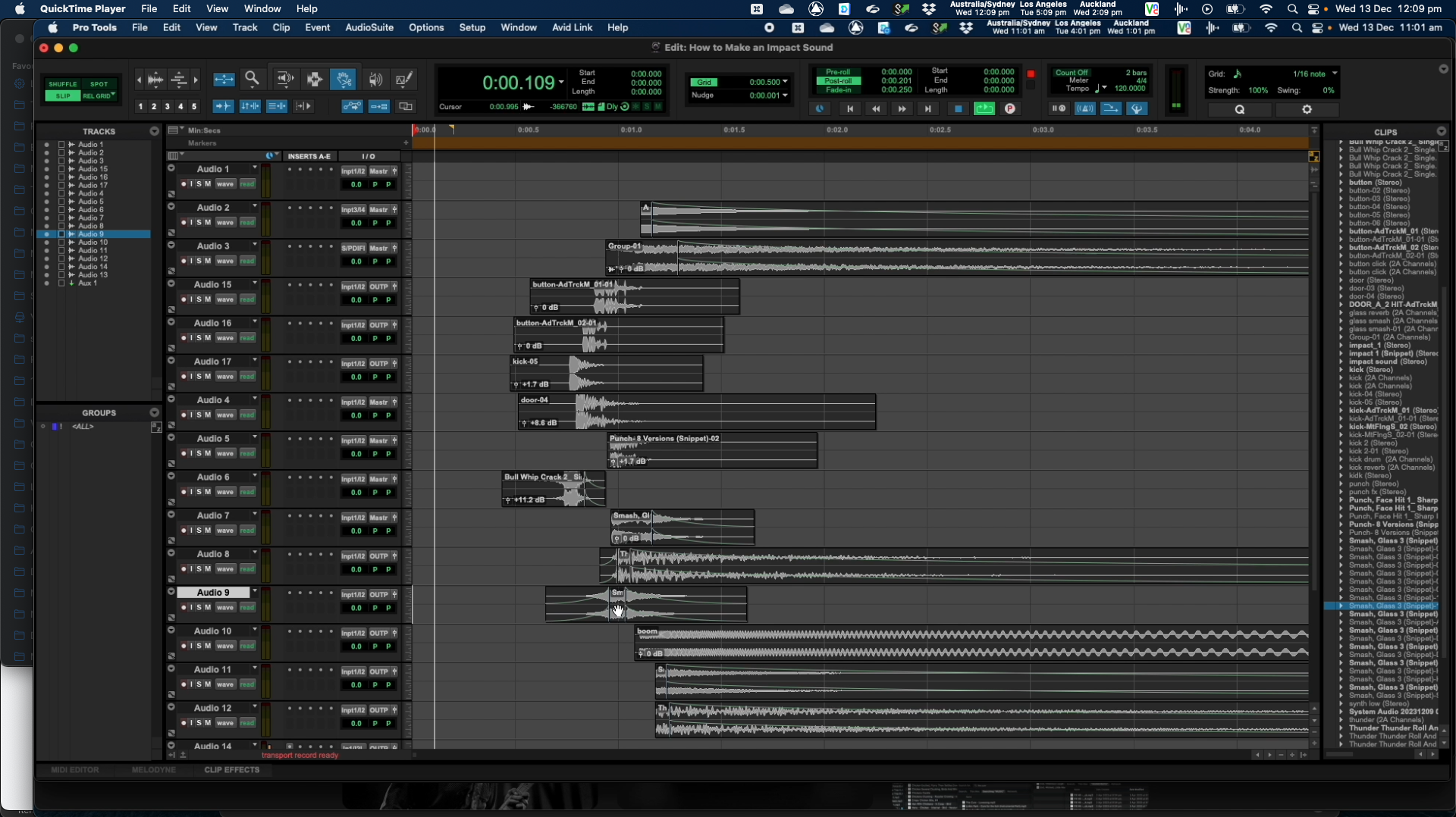

So spot on! This is a great read and even the most experienced audio producers would benefit from this one 🙂
Ripper Rita! Thanks for the feedback! (pardon the pun!)